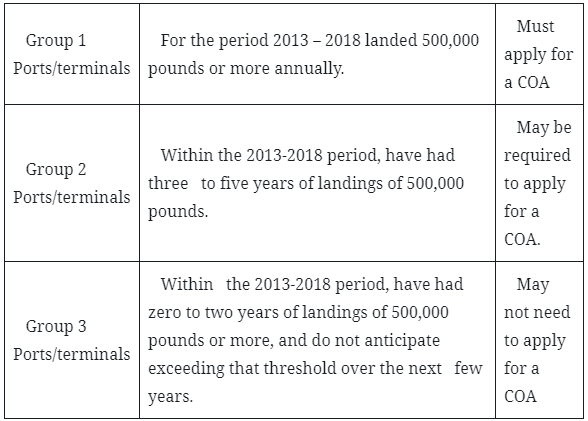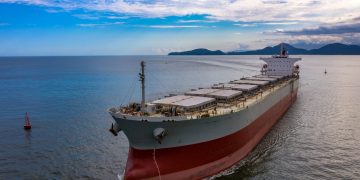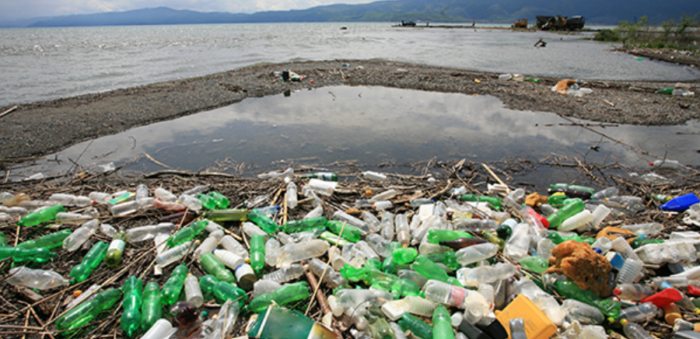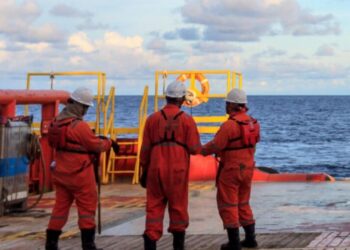In the last post of USCG’s series on Waste Reception Facility regulatory requirements, the Facility Safety Branch staff discusses how MARPOL 73/78 governing waste reception facilities applies to the three different categories of commercial fishing ports.
In 1989 when developing 33 CFR 158, the US Coast Guard estimated that Annex V of MARPOL 73/78 (regulations for the prevention of pollution by garbage from ships) would apply to around 9 million ships, including privately owned recreational craft using more than 10,000 ports and terminals in the US.
[smlsubform prepend=”GET THE SAFETY4SEA IN YOUR INBOX!” showname=false emailtxt=”” emailholder=”Enter your email address” showsubmit=true submittxt=”Submit” jsthanks=false thankyou=”Thank you for subscribing to our mailing list”]
Due to the large numbers of ports or terminals to which Annex V applies, Congress did not require USCG to issue Certificates of Adequacy (COAs) to ports or terminals handling MARPOL 73/78 Annex V wastes.
Nevertheless, while drafting 33 CFR 158 regulations, USCG limited the number of those ports or terminals required to obtain a COA. This decision balanced the Coast Guard’s commitment to fulfill its international and domestic obligations under MARPOL 73/78 and the Act to Prevent Pollution from Ships (APPS) against the potential burden on the public and Coast Guard resources, if all ports or terminals were required to apply for COAs.
When considering fishing ports, only those that land more than 500,000 pounds of commercial fish products per year must apply for a COA for garbage. Commercial fishing facilities receive a significant number of fishing vessels that generate thousands of metric tons of plastics per year, including nets and net fragments as garbage, and it is important to make sure these facilities provide adequate reception facilities for this type of waste.
The threshold figure of 500,000 pounds was obtained through consultations with the National Marine Fisheries Service (NMFS), which indicated commercial fishing facilities receiving greater than this quantity of fish annually service most of the commercial fishing vessels. This cutoff was based upon the best information available in 1989 when the regulation was published and still holds true based on current data.
As some ports historically land over 500,000 pounds per year, this fact provides consistent data for future predictions of ports requiring a COA. However, it is difficult to make the same confident predictions for ports or terminals that do not have the same consistent historical catches.
Ports or terminals with fluctuations in landings over the past six years can be categorized into three groups.

Final determination of Groups 2 and 3 should be reached through discussions between the fishing port or terminal and the COTP. Any deviations from the 33 CFR 158 requirements must be captured in a waiver letter signed by the COTP.
Regardless of the necessity to obtain and maintain a COA, fishing ports and terminals must still provide waste reception facilities for garbage that complies with the criteria of adequacy in 33 CFR 158 Subpart D; each COTP has the authority to conduct inspections of ports and terminals required to have reception facilities.
This means that the Coast Guard has the authority to ensure ports/terminals comply with 33 CFR 158 regulations relating to reception facilities for garbage, even if the port/terminal is not required to have a COA
Galia Kaplan, Facility Safety Branch explains.
The enforcement options available to the COTP vary from denying ships access to any fishing port or any other port, terminal, dock or recreational marina that is required to provide receptions facilities for garbage, whether they have a COA or not. COTPs may also issue civil penalties up to $14,190 for each false statement or representation and $74,552 for any MARPOL violation.
See also:
USCG: Certificates of Adequacy for waste reception facilities
USCG: Waste reception facilities services by third party contractors
USCG: Waste reception facilities on waivers and alternatives

































































